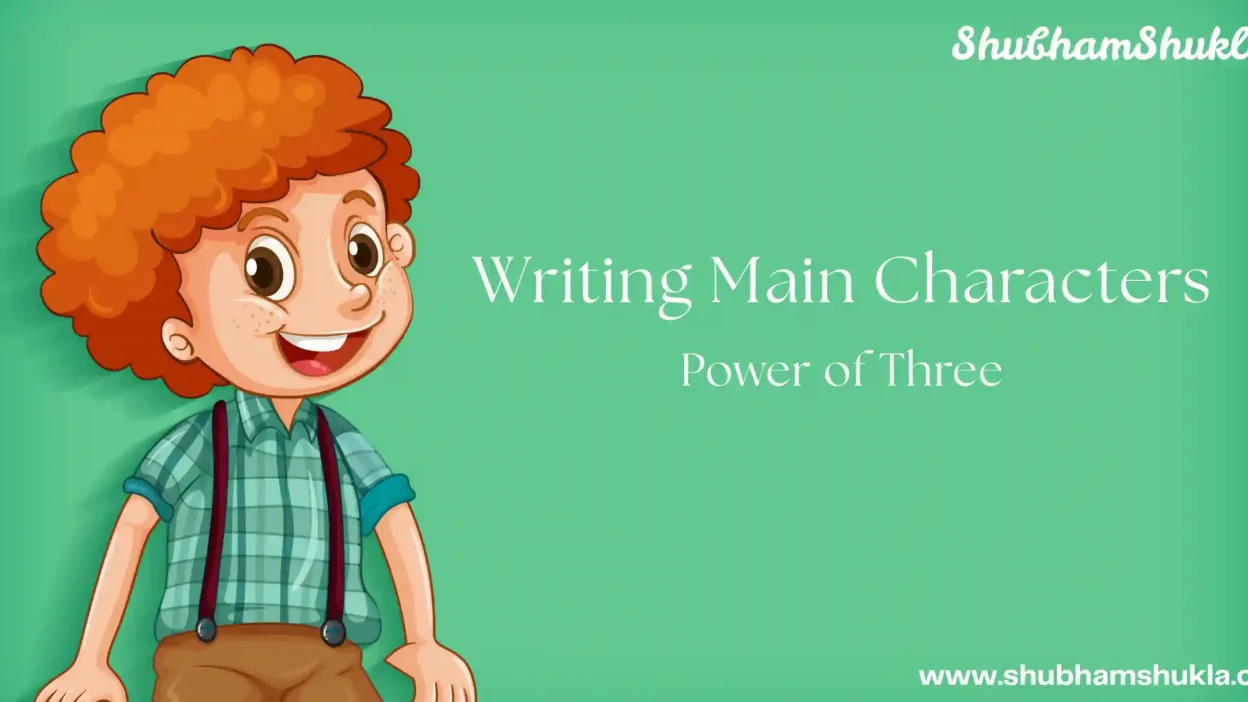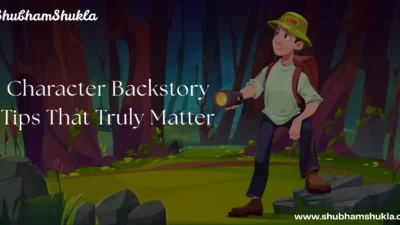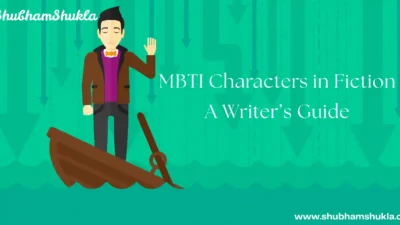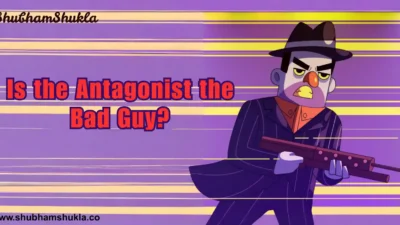There’s something inherently magical about the number three. Whether it’s in fairy tales (The Three Little Pigs), classic literature (The Three Musketeers), or blockbuster franchises (Harry, Ron, and Hermione), 3 main characters can create a dynamic, layered story world that a single protagonist might struggle to hold on their own.
If you’ve ever wondered how to effectively write a story with three leads—or whether it’s even a good idea—you’re not alone. It’s a bold choice, and like all bold choices in writing, it comes with both its challenges and its rewards. But done right? It can create storytelling gold.
Let’s dive into how to make your 3 main characters unforgettable, relatable, and balanced—without overwhelming your plot (or your readers).
- Why Writers Love the Power Trio
- Balancing the Trio: Roles and Dynamics
- In My Own Experience, I Found That…
- Keeping the 3 Main Characters Distinct
- Plotting for a Trio Without Losing Focus
- Let Conflict and Growth Drive the Group
- Conclusion: You’ve Got This – Three Times Over
- FAQ: 3 Main Characters in Fiction Writing
Why Writers Love the Power Trio
Think back to the most compelling trios in fiction. Whether it’s Katniss, Peeta, and Gale in The Hunger Games, or Frodo, Sam, and Gollum in The Lord of the Rings, or even Percy, Annabeth, and Grover in Percy Jackson there’s a reason why stories with 3 main characters stick with us.
Each character often represents a piece of the whole. One might be the heart, another the logic, and the third the wild card or the challenger. That variety offers contrast, conflict, and depth in every scene.
Not to mention, three characters allow you to explore multiple facets of your theme. Where a solo protagonist might struggle with loneliness, your trio can explore loyalty, betrayal, growth, and how different people respond to the same events.
You may also like: Top 10 JK Rowling Books Ranked by Readers
Balancing the Trio: Roles and Dynamics
Writing 3 main characters isn’t just about tossing three people into a plot. It’s about crafting a relationship web that supports—and challenges—each one.
Here’s a classic breakdown of the trio dynamic:
- The Leader: Often the decision-maker or the one who pushes the plot forward.
- The Foil or Rebel: Contrasts or challenges the leader, offering alternative perspectives.
- The Heart or Bridge: Keeps the group grounded, emotionally in sync.
Take Harry Potter. Harry is the reluctant leader. Hermione is the logical foil—always asking questions, often right. Ron? He’s the emotional glue, offering humor and humanity. Each brings something vital, and none feel like background characters.
When writing your own trio, think about balance: Does each have a distinct goal? Voice? Weakness? If one fades too much into the background, it might not truly be a trio.
In My Own Experience, I Found That…
…writing a story with 3 main characters was both freeing and humbling. During one of my early NaNoWriMo drafts, I created three best friends as co-leads. Initially, I gave them similar speech patterns, and their goals started to blur together. It made scenes clunky, and I kept forgetting who had what arc!
The fix? I stepped back and built each one from scratch, with unique backstories and motivations. One was driven by revenge, another by redemption, and the third just wanted to keep the group together.
Once I leaned into their differences, the scenes practically wrote themselves. My advice? Don’t force harmony. Let them clash. That’s where the magic happens.
You may also read: Best Durjoy Dutta Books: Top 10 Must-Read Love Stories
Keeping the 3 Main Characters Distinct
To make sure your characters feel real and individual:
- Give them contrasting values. Maybe one believes in doing whatever it takes, while another plays strictly by the rules.
- Vary how they speak. Slang, formality, tone—this adds texture.
- Design different emotional arcs. Even if they’re on the same journey, how they feel about it can differ wildly.
Let’s go back to Stranger Things. Mike, Dustin, and Lucas are all middle-schoolers dealing with supernatural chaos—but their responses, fears, and humor styles differ.
That’s what makes their scenes electric.When your 3 main characters each have their own lens, you’re offering the reader multiple entry points into your story.
Plotting for a Trio Without Losing Focus
So, how do you avoid your story becoming a three-headed Hydra?
Here are a few tried-and-true strategies:
- Rotate POV (Point of View): Give each character dedicated scenes or chapters.
- Anchor scenes in shared goals: Even if they’re bickering, keep them moving toward the same external outcome.
- Track character internal arcs: Who’s growing fastest? Who’s resisting change?
Ensemble plotting isn’t just for TV writers. Novelists can absolutely use scene cards or beat sheets to track who gets the spotlight, and when.And if you’re worried about length—don’t be.
Many novels with 3 main characters are paced beautifully because the shift in focus keeps readers turning pages.
You may also like: Powerful Adjectives to Describe a Person (With Examples & Tips)
Let Conflict and Growth Drive the Group
The best trios aren’t always best friends. In fact, some start out as enemies or reluctant allies. That tension is gold.
Ask yourself:
- What happens when one of them fails?
- What does betrayal look like in this group?
- What shared secret do they carry?
These questions let you explore deep emotional territory while making your trio feel like real people—not just plot devices.
And remember: It’s okay if one character temporarily steps into the background. Real friendships and relationships ebb and flow, and your characters should too.
Conclusion: You’ve Got This – Three Times Over
Writing a story with 3 main characters might feel like juggling fire at first. But with clear arcs, distinct voices, and intentional structure, you’ll find it’s one of the most satisfying ways to tell a story.
Your trio doesn’t have to be perfect. They just need to be real. Let them argue, laugh, break down, and build each other up. That’s where your readers will fall in love—not just with your plot, but with your characters themselves.
So grab your notebook, open that draft, and give those three voices the space they need. You’ve got a story worth telling—three times over.
FAQ: 3 Main Characters in Fiction Writing
Q1: Can I introduce all 3 main characters at once?
Yes, but be strategic. You want readers to remember who’s who, so try spacing their introductions across different scenes or chapters.
Q2: How do I keep readers from getting confused between the characters?
Make their voices, goals, and styles distinct. Even small quirks—like one biting their nails, another always quoting movies—can help.
Q3: Is one character allowed to have a bigger arc?
Absolutely. Balance doesn’t mean equality in every scene, just that each character feels necessary to the story’s emotional core.
Q4: What genres work best with 3 main characters?
Any! Fantasy, sci-fi, romance, mystery—trios shine everywhere. It’s about dynamics, not genre.



